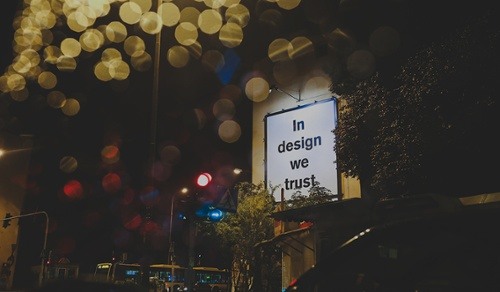Design Thinking: What is its importance in the customer experience?
We face challenges that test our creativity and ingenuity every day, so we must generate ideas to address various challenges. However, only some of...
According to Edward de Bono, confusion is a difficulty associated with thinking; this occurs because we try to do too much simultaneously. Bono also argues that "thinking is the maximum resource of the human being." The problem arises when we do not know how to focus it; from this concept emerges the six thinking hats, an idea that allows the thinker to do one thing at a time.
In the innovation and improvement methodology called Design Thinking, a stage of the process is dedicated to thinking; that space to devise possible solutions can be overwhelming and create pressure because, as Bono says, we try to do too much simultaneously.
In this blog, I explain the six thinking hats and how to use the concept to drive our thinking to better solutions in Design Thinking.
Index

Six thinking hats
Edward de Bono, a Maltese psychologist, created the six hats technique as a resource to boost innovative thinking, facilitating analysis and problem-solving.
The idea is to play a defined role, analyzing a situation from a specific perspective (not thinking about many things at once); a group of people is brought together, and six hats of different colors are used, as follows:

Design Thinking
Design Thinking is an innovation methodology to solve complex problems creatively, making the multidisciplinary team in charge follow an iterative and non-linear process.
Although it is allowed to move forward or backward at any point in the process, as new doubts or findings arise, there is a step-by-step methodology consisting of five stages:

All stages are important and have their reason for being. However, in this blog, we will focus on ideation.
Applying Bono's six hats
Ideation requires divergent thinking because it is time to put on the creative hat and think of as many ideas as possible. However, this task can become complex, s it is advisable to use the six hats to simplify the exercise.
Regardless of the assignment, the dynamic consists of expressing opinions and ideas according to the hat, allowing you to say: "take off the black hat and put on the yellow one" to someone who is being very negative or "let's all put on the white hat" to think in a neutral and objective way.
With the six thinking hats, people can focus on one point of view to solve the problem rather than trying to be emotional, logical, positive, pessimistic, and creative all at once.
If you want to solve a complex problem within your company, at Imagineer, we put on our blue hat and help guide you through the ideation process.

We face challenges that test our creativity and ingenuity every day, so we must generate ideas to address various challenges. However, only some of...

Design Thinking is a methodology, a way of thinking and processing ideas to come up with a innovative solution. In the words of Tim Brown - CEO of ...

Design Thinking is a concept that, as time goes by, is becoming more and more popular and necessary in business. It is a methodology, as well as a...